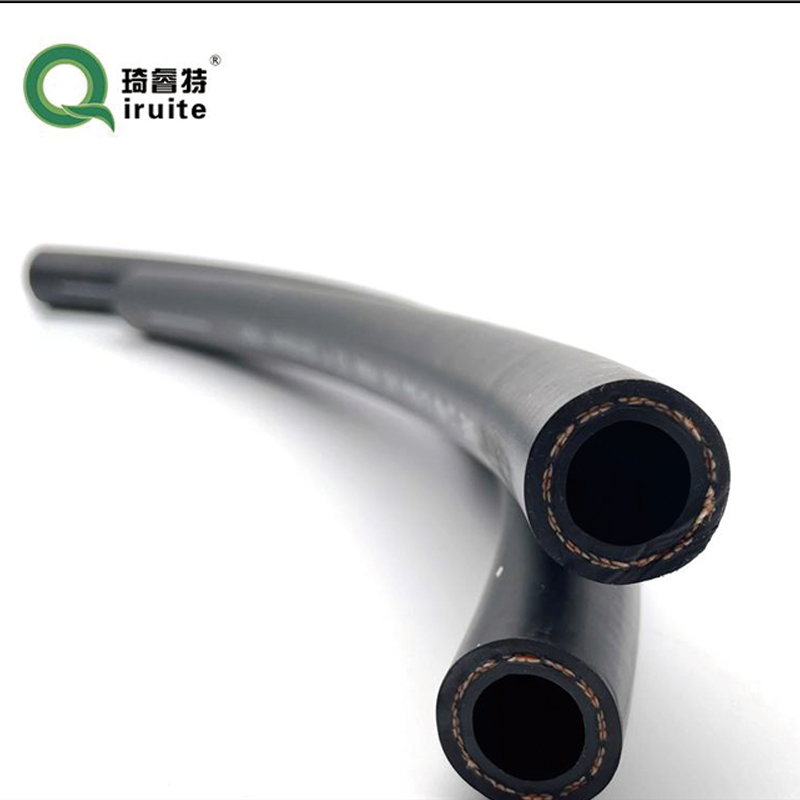C10 LS Swap Power Steering Hose - Upgrade Your Classic Chevrolet
Understanding C10 LS Swap Power Steering Hose An Essential Guide
The Chevrolet C10, a classic truck known for its rugged charm and versatility, has undergone many transformations over the years, especially in the realm of engine swaps. One of the most popular upgrades is the LS engine swap, known for its power, reliability, and efficiency. However, the transition from the original engine to an LS variant requires more than just an engine swap; it necessitates various modifications to ensure everything operates smoothly, including the power steering system. In this article, we’ll discuss the importance of the power steering hose in a C10 LS swap and what you need to know about it.
Why Power Steering Hose Matters
The power steering system in a vehicle is crucial for easy maneuverability, particularly in larger vehicles like the C10. When swapping in an LS engine, it’s important to keep in mind that the original power steering components may not align seamlessly with the new engine. The power steering hose plays a vital role in connecting the power steering pump to the steering gear, facilitating fluid flow that enables the system to function effectively.
Using the correct power steering hose is critical for maintaining the integrity and efficiency of the system. A mismatch can lead to leaks, decreased performance, or even catastrophic failures that could jeopardize the entire steering system.
Types of Power Steering Hoses
When performing an LS swap, there are generally two types of power steering hoses to consider
1. Pressure Hose This hose carries high-pressure fluid from the pump to the steering gear. It needs to be made from durable materials to withstand the pressure generated by the pump. When swapping to an LS engine, aftermarket options are often available that fit better and offer improved performance than stock hoses.
2. Return Hose This hose carries low-pressure fluid back from the steering gear to the pump. While pressure isn’t as critical for the return hose, it still must be compatible with the LS system to avoid leaks.
c10 ls swap power steering hose

Choosing the Right Hose
When selecting power steering hoses for an LS-swapped C10, there are a few factors to consider
- Compatibility Ensure that the hoses are designed for your specific LS engine setup. Various models of LS engines may have slightly different hose requirements.
- Material Quality Look for hoses made from high-quality rubber or reinforced materials that can withstand high temperatures and pressures typically generated in LS engines.
- Aftermarket Options Many manufacturers offer custom hoses specifically designed for LS swaps in C10 trucks. These hoses often come with adapters and brackets to facilitate a clean installation.
Installation Tips
Once you have the right hoses, proper installation is critical. Start by securing all connections to avoid leaking and ensure that there are no kinks in the hoses, as kinks can restrict fluid flow and adversely affect steering performance. Additionally, it may be wise to replace any old fittings and adapters to guarantee a tight seal.
Conclusion
In summary, the power steering hose is a crucial component when performing an LS swap on a C10. Selecting the right hoses—considering both pressure and return types—will help ensure that your steering system operates smoothly and efficiently. By investing time and effort into this aspect of your swap, you’ll enjoy the enhanced performance and maneuverability that comes with the modern LS engine, effectively breathing new life into your classic C10.
-
Ultimate Spiral Protection for Hoses & CablesNewsJun.26,2025
-
The Ultimate Quick-Connect Solutions for Every NeedNewsJun.26,2025
-
SAE J1401 Brake Hose: Reliable Choice for Safe BrakingNewsJun.26,2025
-
Reliable J2064 A/C Hoses for Real-World Cooling NeedsNewsJun.26,2025
-
Heavy-Duty Sewer Jetting Hoses Built to LastNewsJun.26,2025
-
Fix Power Steering Tube Leaks Fast – Durable & Affordable SolutionNewsJun.26,2025

